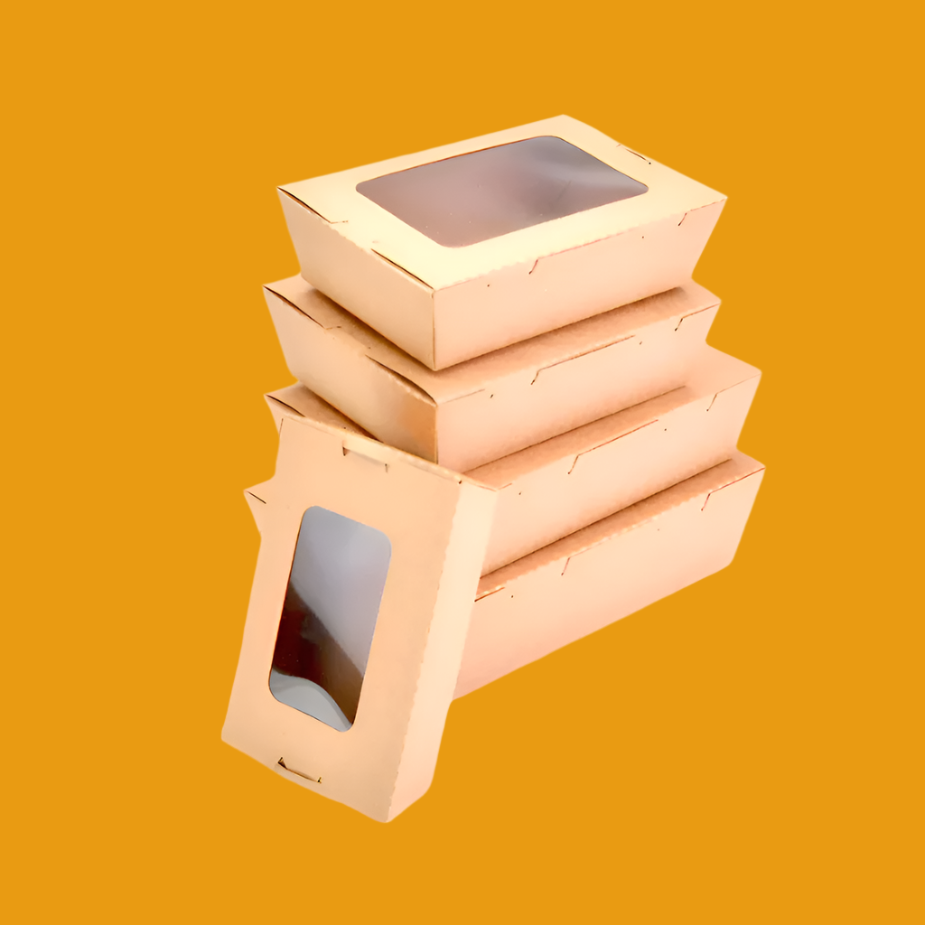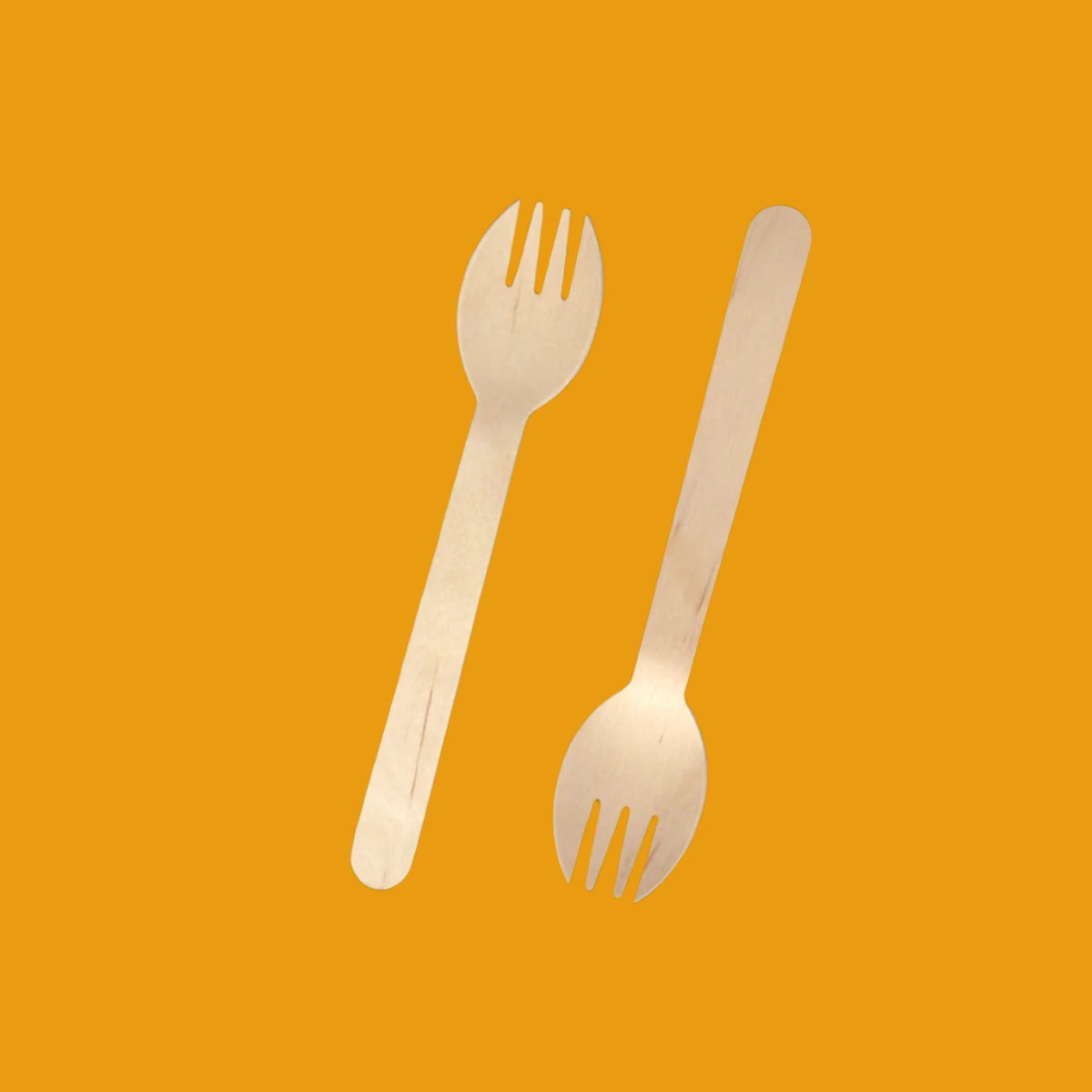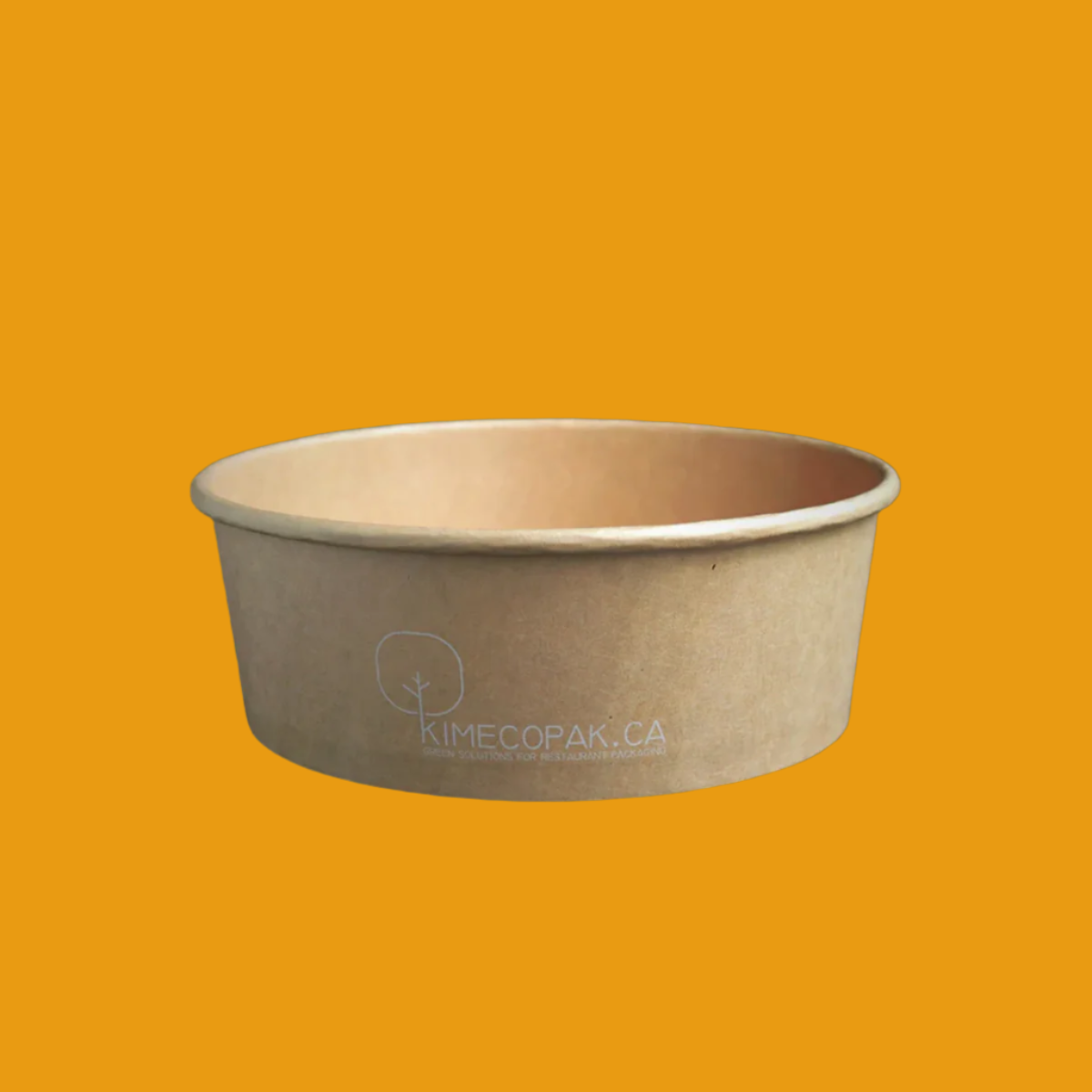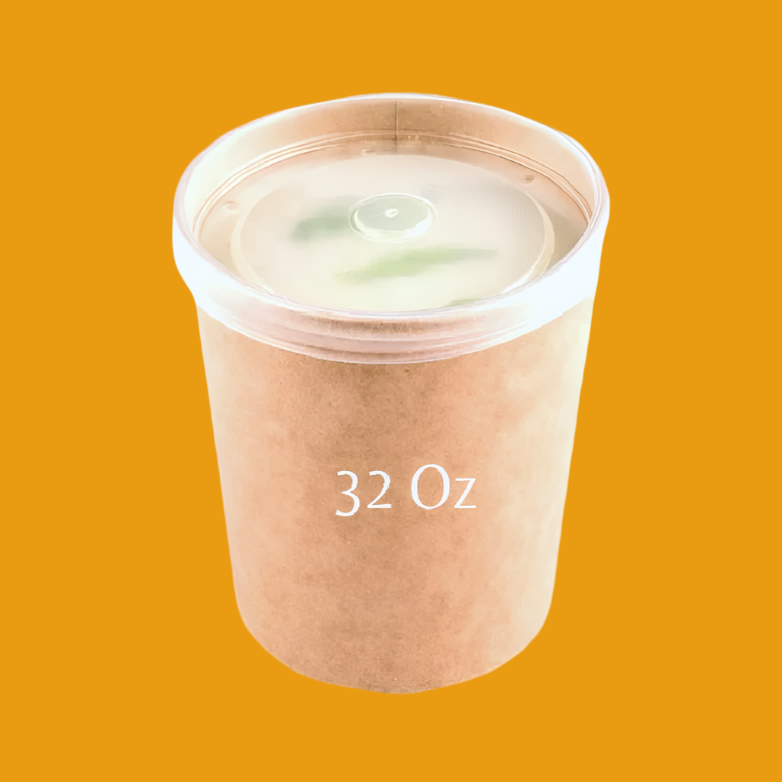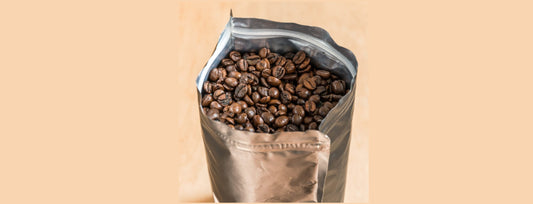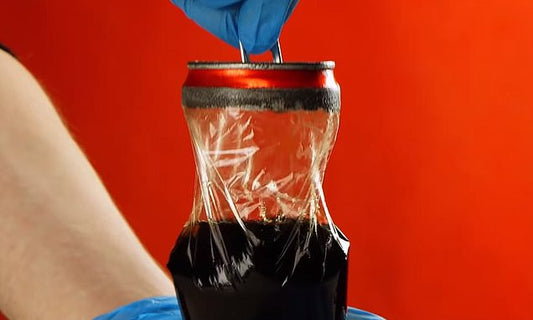The question “How many holes does a straw have?” might seem simple at first, but it has sparked debates across philosophy, mathematics, physics, and common intuition. Some argue that a straw has one hole, while others claim it has two. The answer depends on how we define a “hole” and the perspective from which we analyze the problem.
This article explores the logical, mathematical, and scientific viewpoints on this question to provide a comprehensive understanding.
Different Perspectives on the Number of Holes in a Straw
The debate over the number of holes in a straw revolves around two main viewpoints:
- One-hole argument: A straw has a single continuous passage, similar to a torus (donut shape).
- Two-hole argument: A straw has two open ends, which should be counted as two distinct holes.
To determine the most accurate answer, we need to analyze how holes are defined in mathematics, topology, physics, and philosophy.

The "One Hole" Argument – Topological Perspective
From a topological perspective, a hole is a continuous passage through an object.
Topology and the Definition of a Hole
Topology is a branch of mathematics that studies the properties of objects that remain unchanged under continuous deformations (such as stretching or bending, but not cutting or tearing).
- A straw is topologically equivalent to a torus (a donut shape) with a hole through the middle.
- A torus has one continuous hole, regardless of its shape.
- The number of holes in an object is determined by its fundamental structure, not its openings.
Thus, a straw has one hole because it consists of a single, unbroken tunnel-like passage.
Comparison with Other Objects
- A donut (torus) has one hole, and cutting the torus into a cylinder (like a straw) does not change the number of holes.
- A cup has one hole at the top, but it does not go all the way through.
- A tunnel is considered to have one continuous hole, even though it has two openings.
Conclusion: Mathematically and topologically, a straw has one hole.
Does a Straw Have 2 Holes? – Common Intuition and Geometry
The opposing argument comes from a more intuitive and geometric perspective, where a hole is defined as an opening in a surface.
Defining Holes from a Geometric Perspective
- If you cut a flat piece of paper and punch two holes in it, you can clearly see and count two separate holes.
- If a straw has two open ends, it might be reasonable to count each opening as a hole.
- From a functional perspective, if you cover one end of the straw, it no longer works as a passage, implying that both ends are independent.
Comparison with Other Objects
- A pipe or tunnel has two openings, which could be interpreted as two holes.
- A tube with a blocked end is considered to have only one opening.
🔹 Conclusion: From a common-sense viewpoint, a straw has two holes because it has two open ends.

Physical and Engineering Perspective on Straw Holes
From a physical and engineering standpoint, a straw is a hollow tube used to transport liquid or air.
Fluid Dynamics and the Definition of a Hole
- When liquid is drawn through a straw, it enters one end and exits the other.
- If a straw had two separate holes, it would behave differently (like a pipe with two independent holes instead of one continuous passage).
- Engineers and physicists often define a hole as a continuous passage, which supports the one-hole argument.
Comparison with Everyday Objects
- A hose or pipe carries liquid through a single passage, which is considered one hole.
- A colander has multiple holes, because each hole is an independent opening.
Conclusion: From a physics and engineering perspective, a straw has one hole.
Philosophical Perspective – What Defines a Hole?
Philosophers approach the concept of a hole as an absence of material rather than a physical object.
Linguistic and Conceptual Analysis of Holes
- A hole in a surface (such as a hole in the ground) is different from a tunnel passing through an object.
- A keyhole has one opening, but a tunnel has two openings with one continuous passage.
Philosophy debates whether a hole should be counted based on:
- The number of openings (favoring the two-hole argument).
- The continuity of the passage (favoring the one-hole argument).
Conclusion: Philosophically, the answer depends on how one defines "hole"—as an opening or as a passage.
How Many Paper Straws Are Used Each Day?
Summary of Arguments: One Hole vs. Two Holes
| Perspective | One Hole Argument | Two Holes Argument |
|---|---|---|
| Mathematics (Topology) | A straw has one continuous passage | Openings do not determine holes |
| Physics & Engineering | Fluid moves through one continuous space | Two openings are part of the same hole |
| Common Intuition | One hole because it's a single tube | Two holes because there are two openings |
| Philosophy | A hole is a passage, not just an opening | A hole is an opening, so two exist |
Final Verdict: How Many Holes Does a Straw Have?
Mathematically and topologically, a straw has one hole.
From a common viewpoint, a straw has two holes.
From a philosophical perspective, the answer depends on how a "hole" is defined.
Ultimately, there is no absolute answer—it depends on the framework and definitions used to approach the question.


